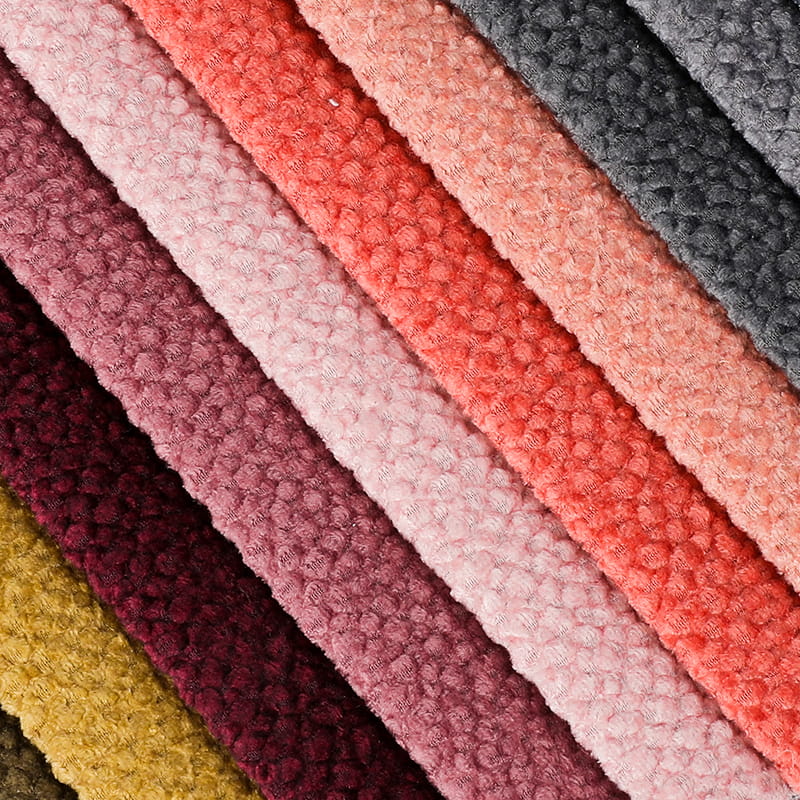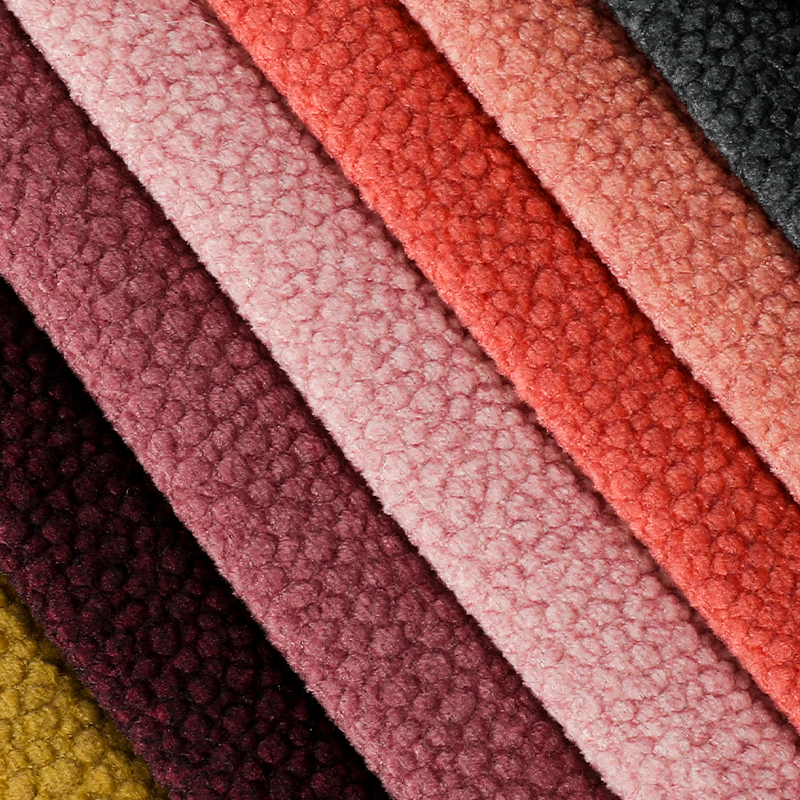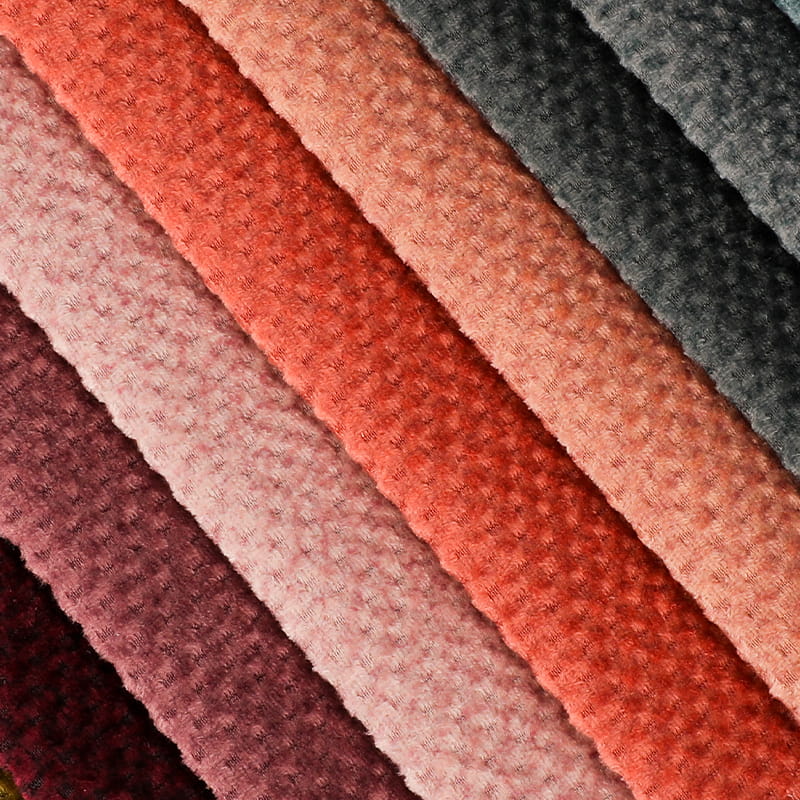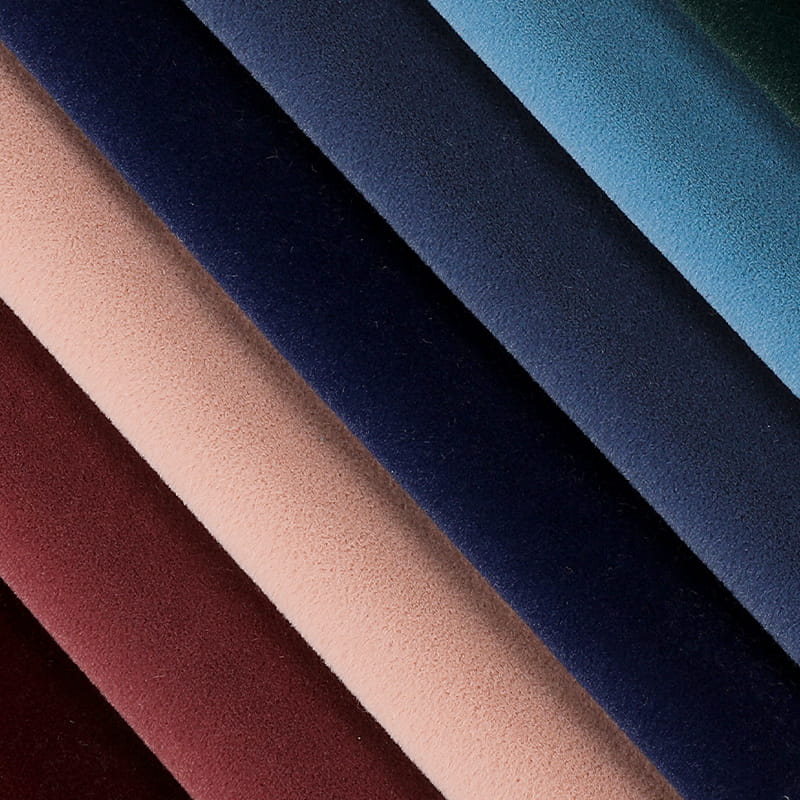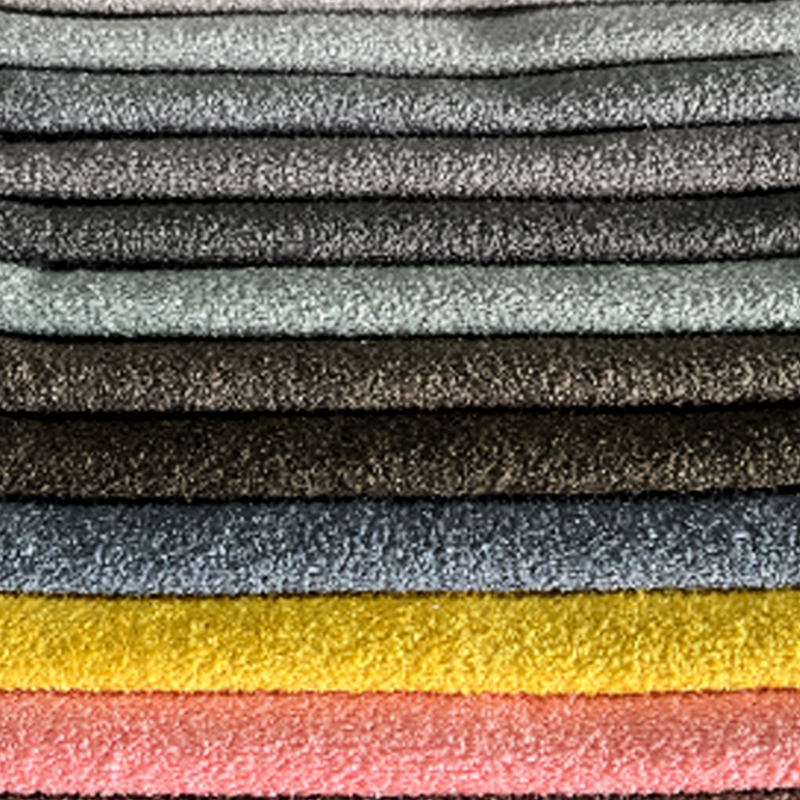In the field of modern home design, upholstery home textile fabric has become a key factor in determining the texture and comfort of a space. As consumers' demands for their home environment continue to rise, the selection criteria for soft furnishing fabrics have expanded from simple appearance to include touch, environmental performance, durability, and overall application performance. As an important material for furniture upholstery and soft furnishing coordination, upholstery home textile fabric's design trends, material structure, and technological upgrades are leading the industry's continued development.
Upholstery Home Textile Fabric Material Development Trends
In today's ever-evolving home fabric landscape, upholstery home textile fabric is showing a trend towards diversification. Both yarn structure and weaving techniques are evolving towards softer, more durable, and more environmentally friendly materials. High-density weaving technology results in a more refined fabric surface effect, and increased fabric density enhances stability during use. With the application of advanced fiber technology, the fabric's luster, drape, and dyeing and finishing performance have also been significantly improved, providing more inspiration for home design.
The expansion of fiber types allows upholstery home textile fabric to offer more diverse tactile layers. The combination of different fibers creates a more three-dimensional visual effect and richer textures. Continuous breakthroughs in modern weaving technology allow home textile fabrics to maintain softness while maintaining strength, resulting in more stable fit and decorative effects in applications such as sofas, cushions, headboards, and curtains.

Upholstery Home Textile Fabric Design and Color Application
Color is the soul of interior design, and upholstery home textile fabric is an important medium for color expression. The color presentation of the fabric is influenced by dyeing and finishing processes and fiber materials. Through precise dye formulations and advanced process control, the fabric color is made richer, more lightfast, and less prone to fading. In an era of constantly evolving home styles, fabric colors are gradually trending towards natural, soft, and layered colors, creating a more visually balanced home space and better aligning with modern aesthetic trends.
Texture and texture design have also become important expressive methods for upholstery home textile fabric. Through different weaving techniques and finishing processes, fabric surfaces can create delicate, three-dimensional, or smooth textures, making them more adaptable to various home decor styles. Modern consumers pay more attention to the authentic texture of the material itself, and the dual visual and tactile experience of fabrics continuously enhances their competitiveness in the home furnishing market.
The Important Functionality of Upholstery Home Textile Fabric in Furniture
Faced with high-frequency use, the abrasion resistance and tensile strength of upholstery home textile fabric become crucial factors affecting product lifespan. High-performance fibers and improved weaving structures allow the fabric to maintain its smoothness and resist pilling even after long-term use. With technological advancements, modern fabrics have also made significant progress in stain resistance, water resistance, and breathability, making them more suitable for high-traffic areas such as sofas.
In terms of comfort, the breathable structure and soft touch of upholstery home textile fabric make furniture more ergonomic during use. The air layers in the textile structure enhance the fabric's temperature regulation properties, making the home environment more livable. Modern processes enhance the skin-friendly feel of fabrics while further reducing surface friction, making them more suitable for long-term use in home environments.
The Integration of Upholstery Home Textile Fabric with Environmental Trends
With the rise of sustainable lifestyles, environmentally friendly upholstery home textile fabrics have become a mainstream trend in the industry. The introduction of green fiber materials makes the fabric production process more environmentally friendly, while reducing the potential harm from the use of chemicals. Dyeing and finishing technologies based on ecological principles ensure that the fabrics offer rich colors while being safer and healthier, meeting the high standards required by modern families.
Environmental protection is not only reflected in the selection of raw materials but also in the sustainable recycling of fabrics. The combination of recyclable fibers and energy-saving processes gives upholstery home textile fabrics greater social value. As global environmental standards become more stringent, green home textile fabrics are gradually becoming an important choice for high-end home furnishing brands.

The Value of Upholstery Home Textile Fabric in Modern Home Spaces
As home design increasingly pursues quality, personalization, and comfort, upholstery home textile fabrics play a crucial role in enhancing the overall quality of the space. Whether creating a warm atmosphere, enhancing the tactile feel of furniture, or reinforcing the overall ambiance, the application of fabrics is not merely a visual decoration, but a reflection of lifestyle. The tactile feel and durability of high-quality fabrics imbue a space with warmth and aesthetic expression.
Modern design emphasizes the layering and matching of fabrics, enriching the spatial structure through the use of different textures of upholstery home textile fabrics. The contrast between soft and rough, glossy and matte, smooth and textured surfaces adds design tension to the home environment. As a crucial element of soft furnishings, fabrics can shape the overall style in various settings, including furniture, curtains, and bedding, allowing the space to reflect higher quality in the details.



 English
English Español
Español

